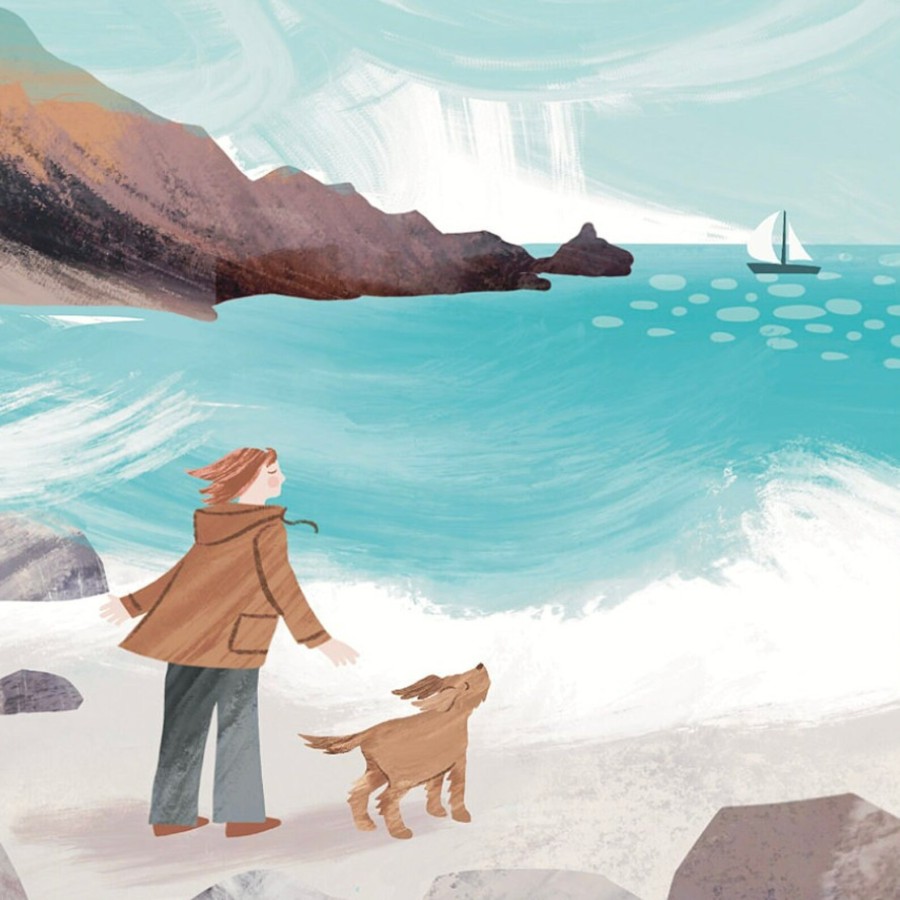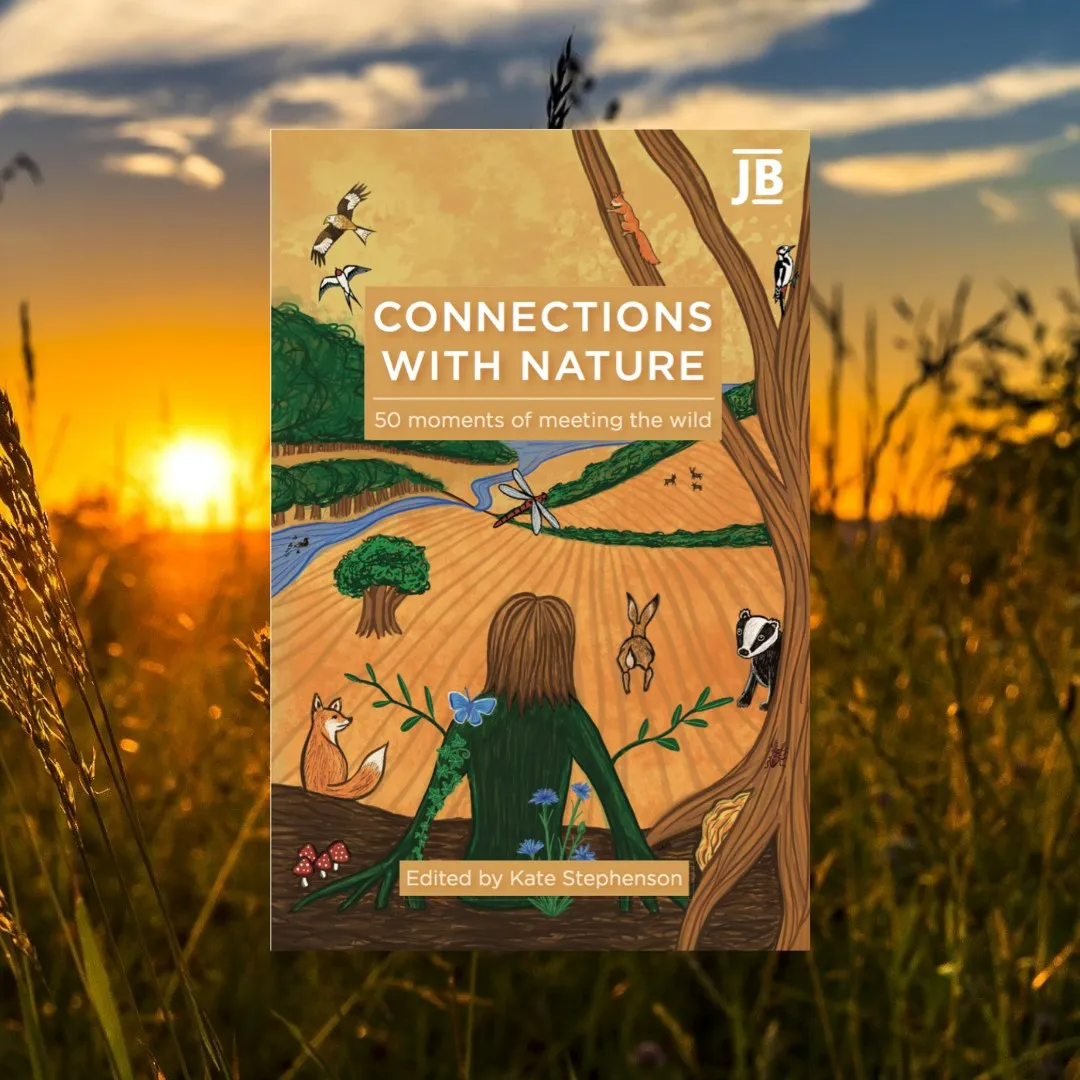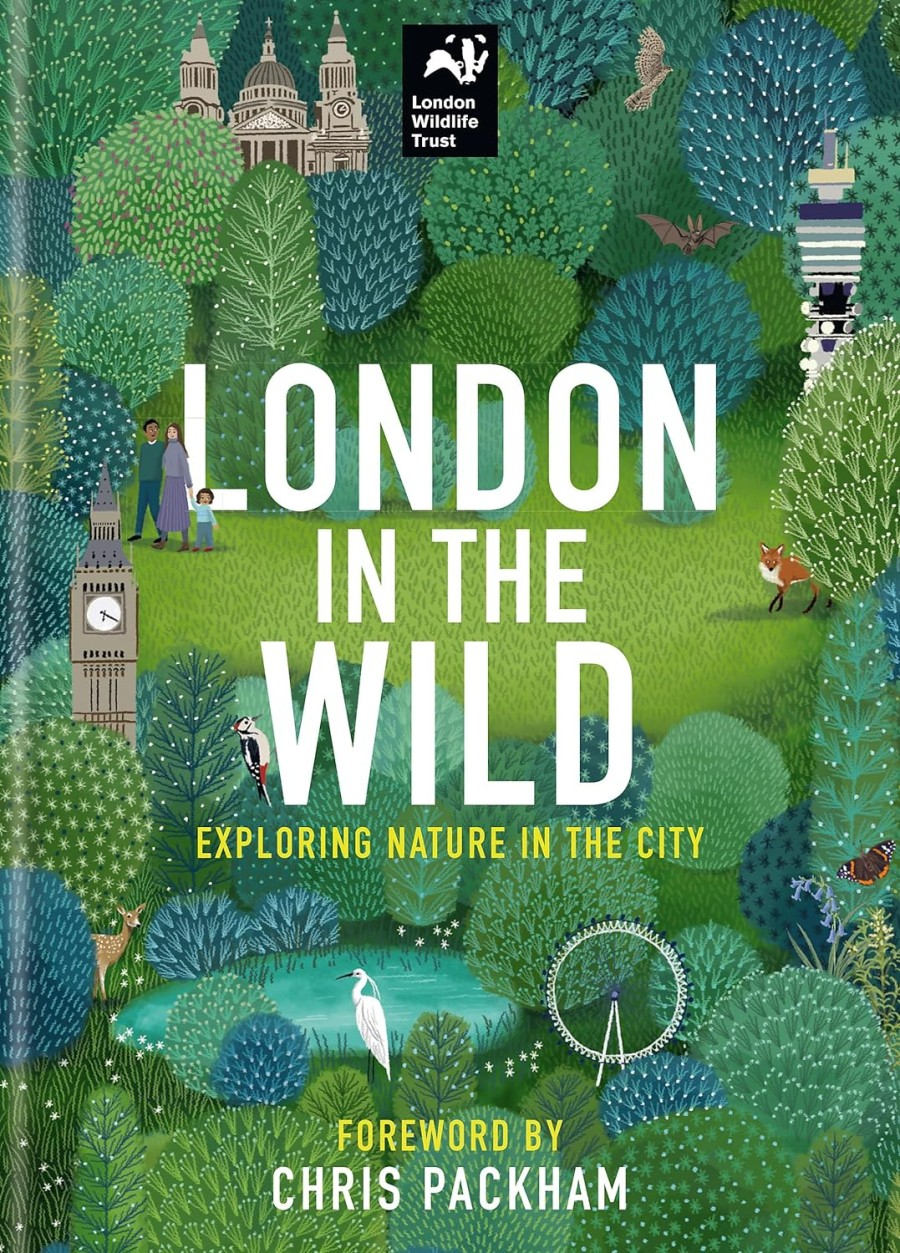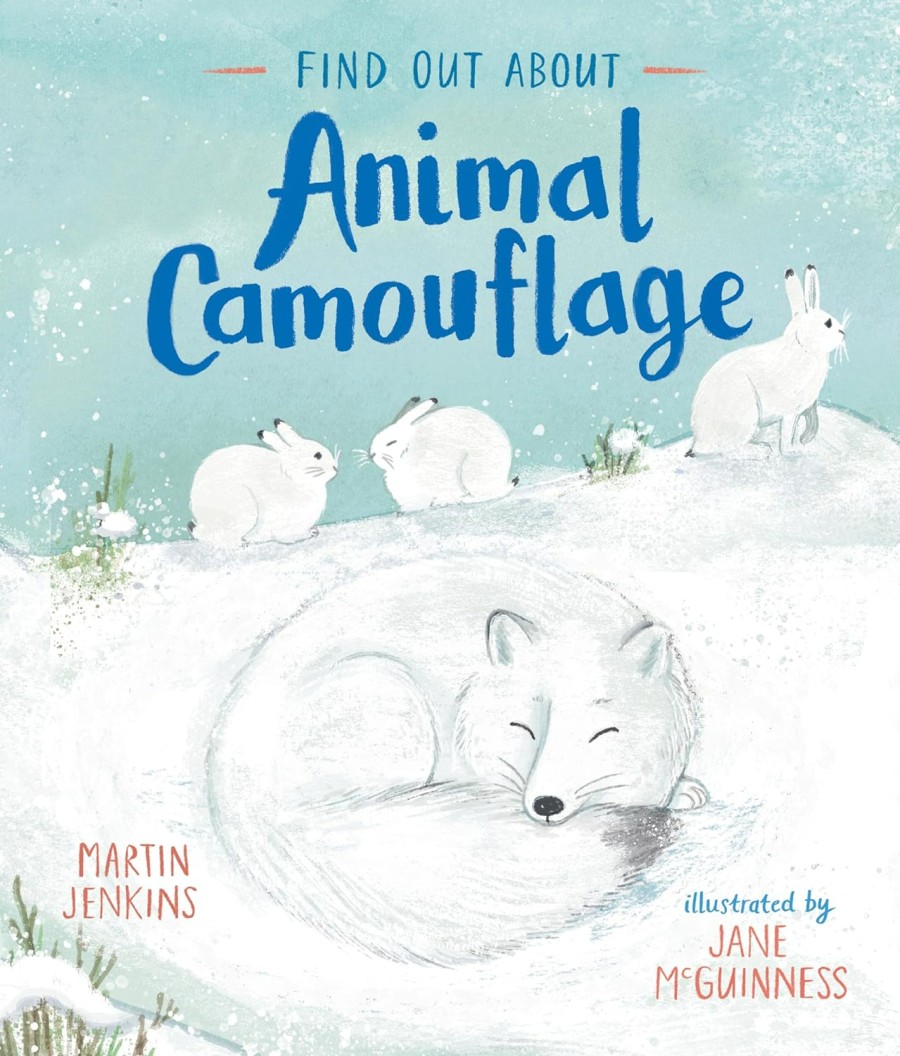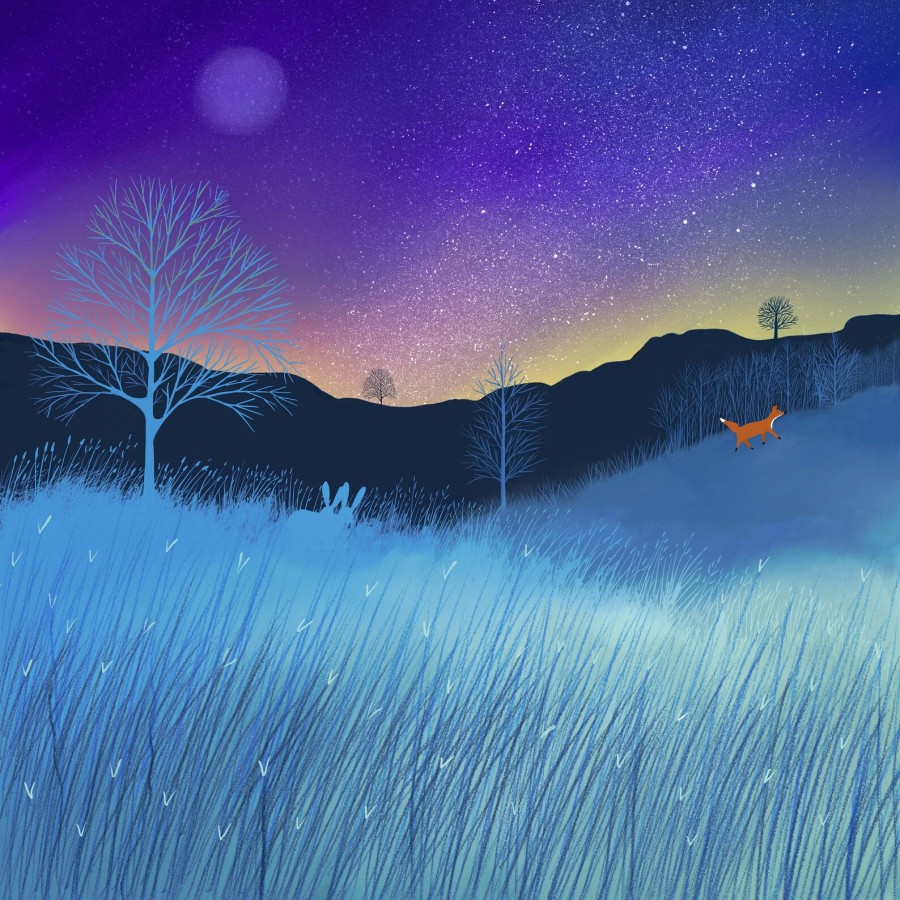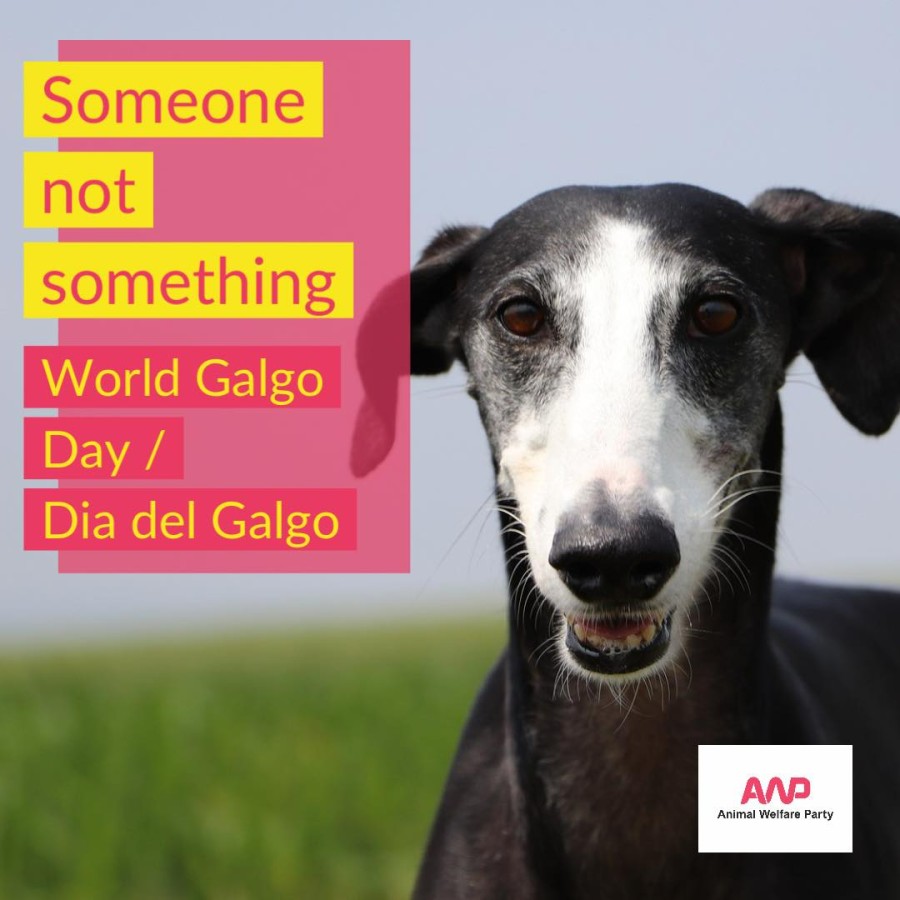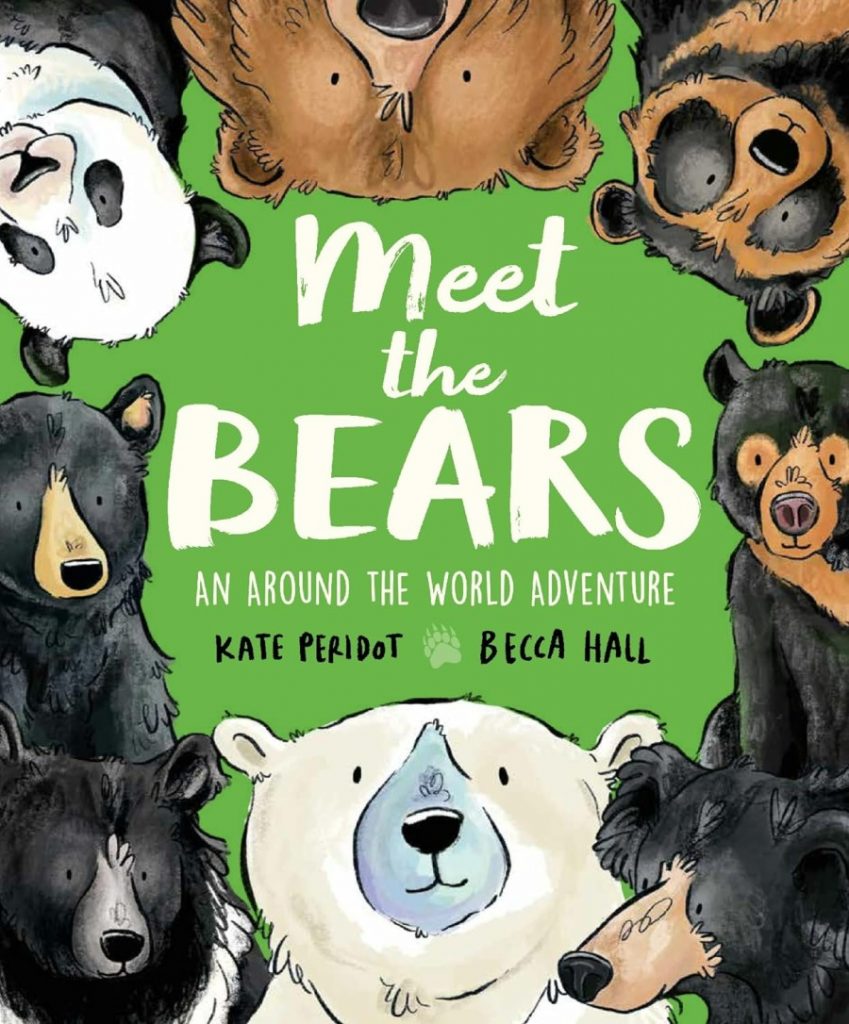
There are 8 species of bears worldwide, and all are at risk from climate change, habitat loss and hunting. Cousins to dogs (their noses look the same!), also read abou how to save critically endangered polar bears.
Meet the Bears is a wonderfully creative guide, to help young readers learn about all 8 species of bears around the world. From polar bears to spectacled bears, and from Asiatic moon bears to giant pandas, find out what makes bears so amazing! The book includes a map of the world showing bear hotspots, plus a bear-size comparison guide. And advice for staying safe in Bear Country, if you travel.
the 8 species of bears
- Polar bears live in the Arctic and are at risk from melting ice.
- Spectacled bears (Paddington!) are from Peru (so-called due to circles around their eyes).
- Moon bears and sun bears (smaller) are being helped by Animals Asia to stop the bear bile trade.
- Sloth bears (not lazy, they just have poor digestion so move slowly) are found in South America.
- Brown (grizzlies are a sub-species) and black bears live in North America and Europe, but often come into conflict with humans due to litter (Get Bear Smart has tips for peaceful co-existence). And
- Panda bears are native to China (industrial bamboo is not the same as fresh shoots they eat, but we must take care to avoid monocultures (as with palm oil & eucalyptus plantations).
Koala bears are marsupials (at risk from wildfires due to climate change and monoculture plantations of flammable eucalyptus trees for ‘biodegradable packaging’) and Tencel (a wood fibre used for clothing). But Portugal and Spain have already banned new plantations.
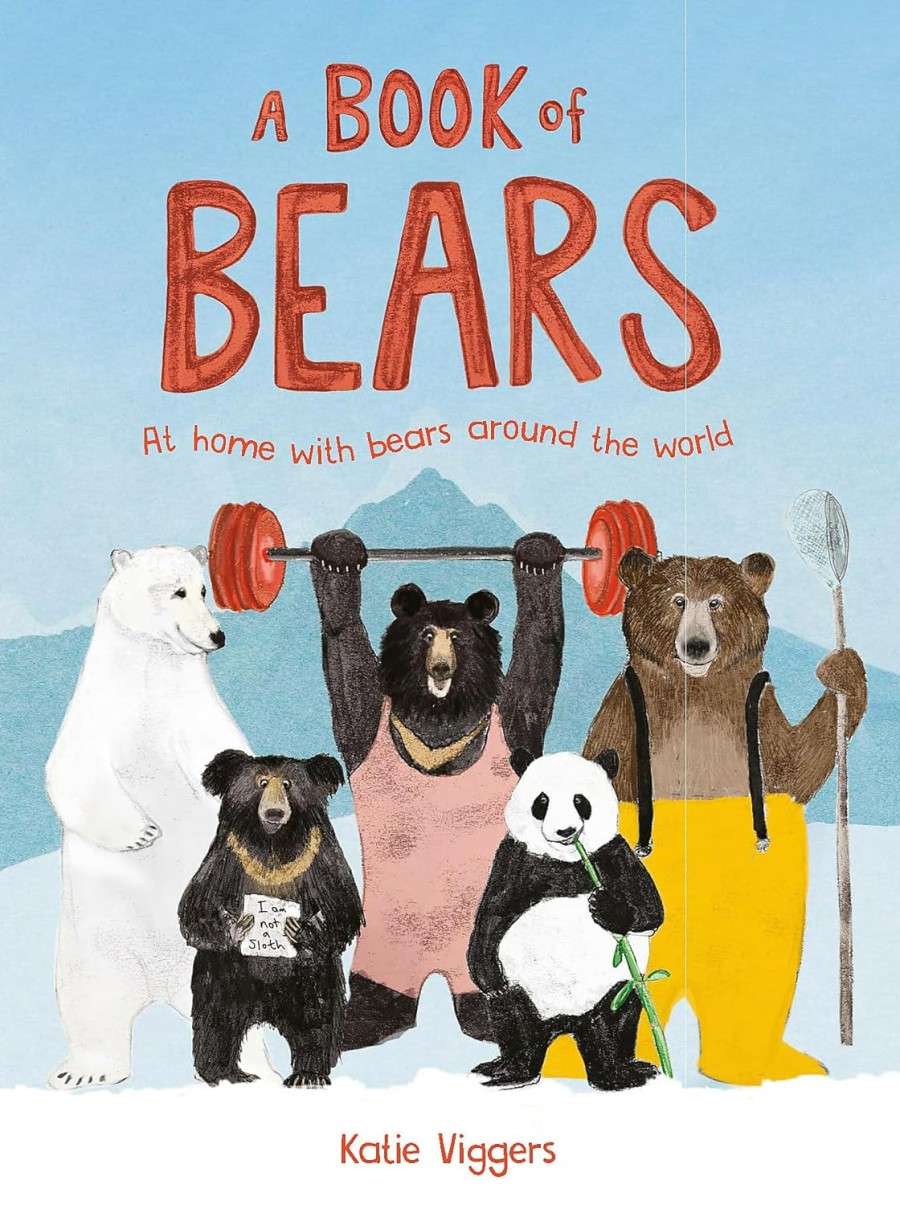
A Book of Bears is a lovely introduction to bears around the world. Young readers will learn about their likes and homes. Who is the best climber, and who is the fastest at catching fish? In Katie’s charming style, this book is the perfect introduction to learn about bears around the world, so they grow up wishing to protect them.
A Day In the Life of Bears is a beautifully illustrated educational guide by a black bear biologist. Set over a 24-hour period, meet black bears, grizzlies and cut polar bears, as we journey into their forests to see these furry creatures play, hunt and fight their way through the day. It covers hibernation, grizzly bears who pluck salmon from the air and sun bears using their huge tongues to get honey from beehives.
lots of ways to help bears
- Switch to green energy (helps reduce climate change – polar bear habitats are melting due to warming temperatures).
- Avoid palm oil (this helps protect orangutans but also bears, tigers and rhinos who are losing forest habitats due to logging plantations – there is no such thing as ‘sustainable palm oil’, this is just a self-policed phrase by industry that Greenpeace says is as ‘useful as a chocolate teapot’. Look in stores for Naturli (a wonderful palm-oil-free vegan butter, including block butter for baking). Soaps (sodium palmate) are the other no-no to look out for.
- Please don’t visit zoos, as they are more for entertainment than conservation, which is done in natural environments.
- Avoid dodgy oriental medicines. There are many genuine practitioners, but always ask for the source to avoid items made with bear bile (and horns from rhinos and tigers). Illegal to sell here, but some get through.
- Don’t hunt bears, nor support tourism companies that fund them. We still don’t have a ban on imports of trophy hunting. The ‘Kept Animals’ Bill (which was one of the few wonderful things that Boris Johnson brought in while Prime Minister) has now been scrapped by Rishi Sunak, which led MP Zak Goldsmith to resign in protest, and many welfare charities are aghast, as one of the laws would have been to ban ‘trophies’ from hunting animals from entering the UK.

